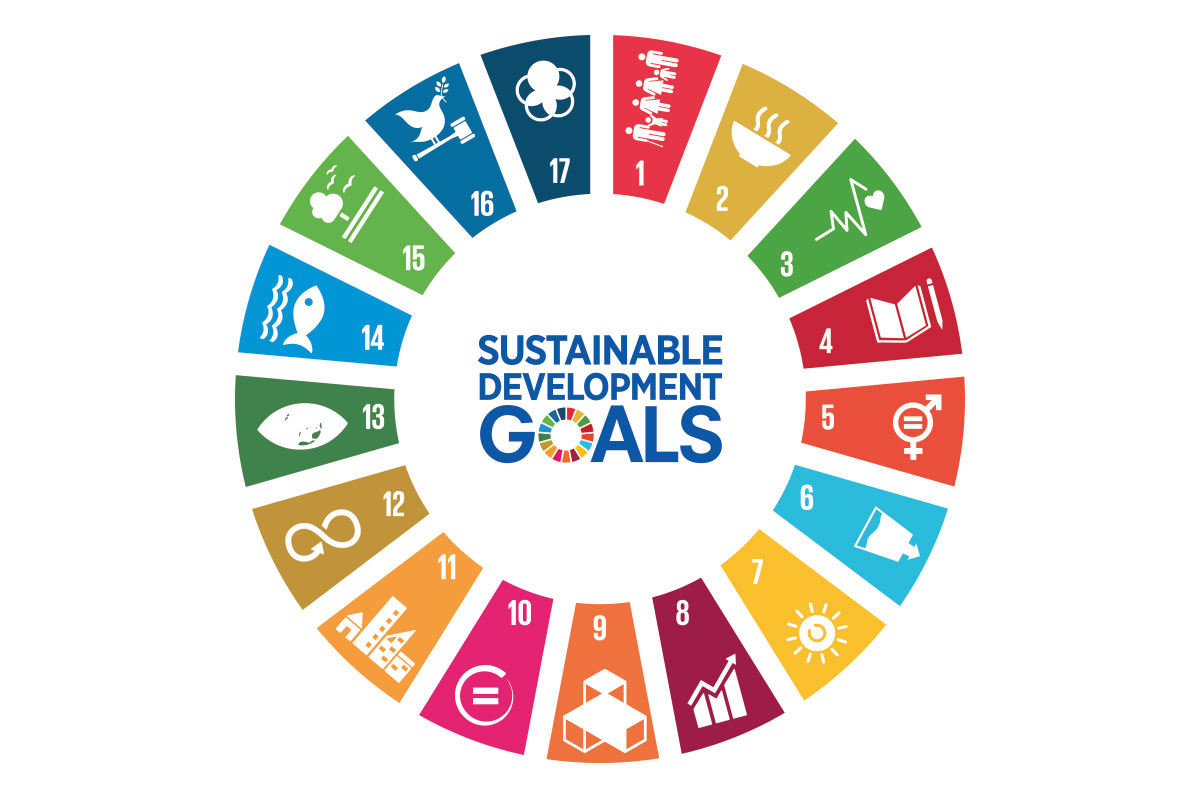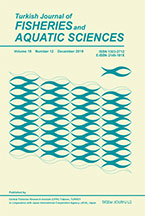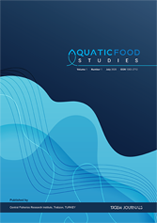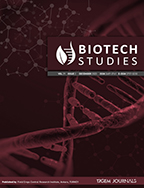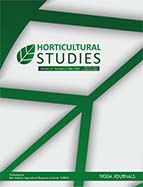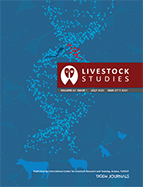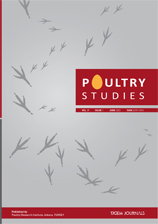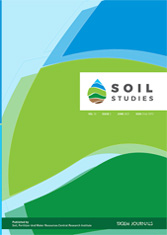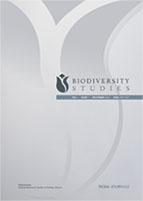From Germs to Mammals in Aqua
CiteScore: 1.0
SCOPUS 2023
SCOPUS 2023

This journal is licensed under a Creative Commons Attribution-NonCommercial-NoDerivatives 4.0 International License
Genetics of Aquatic Organisms
2025, Vol 9, Num, 2 (Pages: GA905)
Intraspecific Genetic Variation of Pokea, Batissa violacea (Lamarck, 1818), from Southeast Sulawesi Based on COI Mitochondrial Gene
2 Laboratory of Animal Structure and Development, Faculty of Biology, Universitas Gadjah Mada, Jl. Tehnika Selatan, Sekip Utara, Yogyakarta 55281, Indonesia DOI : 10.4194/GA905 Viewed : 399 - Downloaded : 337 Batissa violacea is easily found in Southeast Sulawesi, where it is known locally as Pokea. The declining population of B. violacea in Southeast Sulawesi due to limited systematic studies underscores the need for conservation strategies. This study aimed to identify the species and evaluate the intraspecific genetic variation and genetic population structure of B. violacea from the rivers of Southeast Sulawesi based on PCR-amplified COI mitochondrial gene sequences. The results revealed that all samples belong to the B. violacea species according to both morphological and molecular analyses. Genetic analysis revealed low genetic diversity, with five haplotypes and four variable sites detected across populations. AMOVA results indicated that the primary source of genetic variation occurred within populations. No clear genetic separation was observed, as shared haplotypes suggest ongoing gene flow among populations. However, low diversity may reflect human impacts such as overfishing and habitat degradation, which contribute to genetic decline. These findings highlight a potentially vulnerable genetic structure. Ensuring habitat protection, sustainable practices, and enhancement of gene flow are crucial for conservation management. Overall, this study provides a valuable basis for conservation planning and emphasizes the importance of sustainable management of B. violacea in its natural habitat. Keywords : Batissa violacea COI DNA Barcoding Genetic variation Population structure


